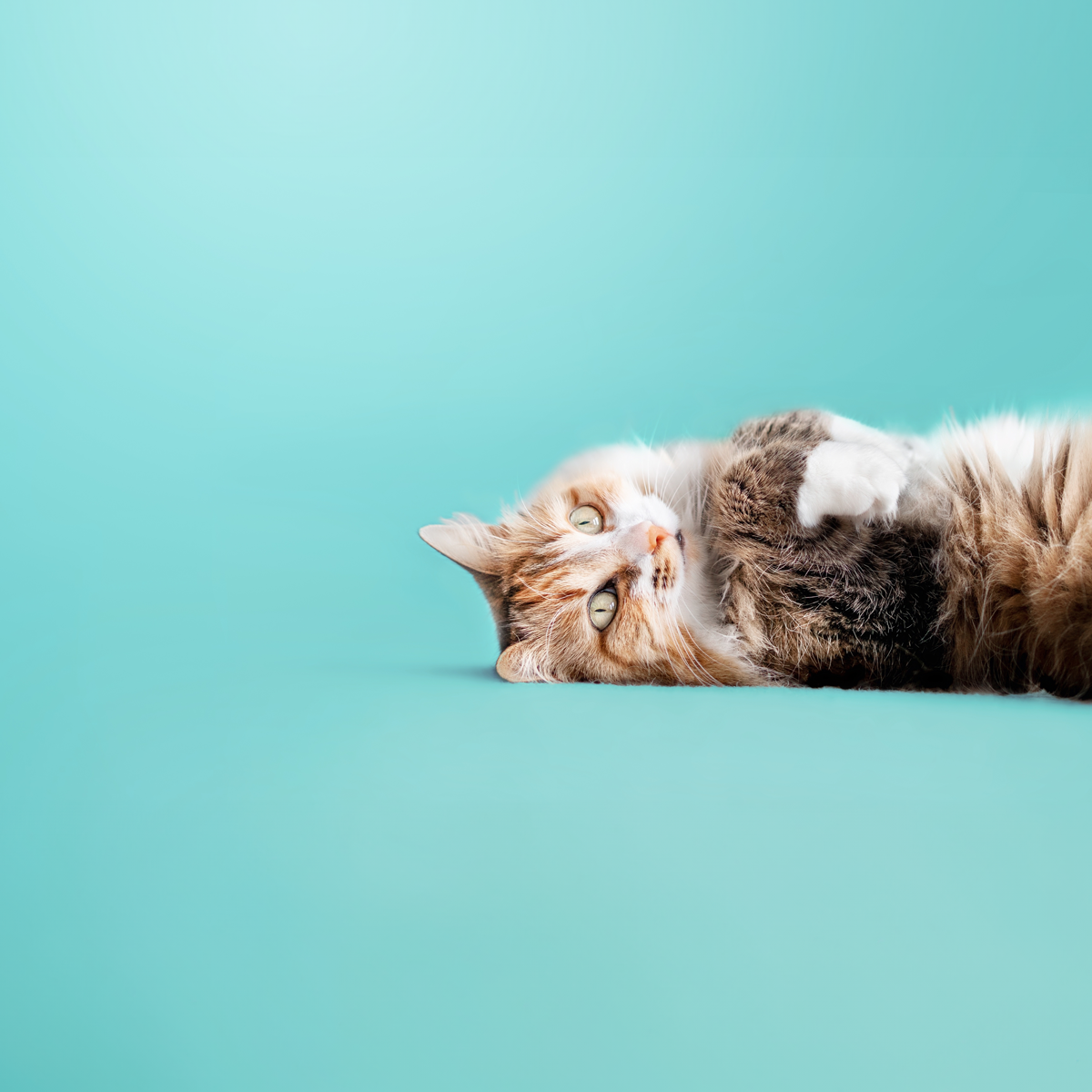Cats in the Middle Ages
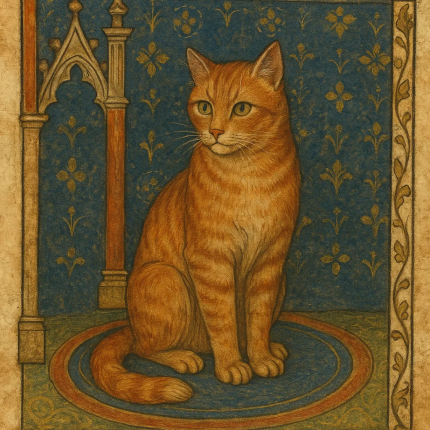
What Medieval Manuscripts Reveal About Our Feline Ancestors
Cats didn’t always enjoy their modern reputation as beloved companions and internet stardom. In the Middle Ages, they were often viewed with suspicion, linked to paganism and witchcraft. Yet despite this, medieval manuscripts reveal surprisingly affectionate and playful portrayals of cats, showing that they were a familiar and cherished part of daily life.
advertisement

Cats as Status Symbols
In medieval society, the animals people kept reflected their social standing. Exotic pets like monkeys demonstrated wealth. Even cats and dogs were often included in portraits to signal refinement and status. Manuscript illustrations frequently show cats in domestic spaces. They quietly observed or lounged near hearths, underscoring their role as household companions rather than central figures in the narrative.
For instance, in Pietro Lorenzetti’s Last Supper (1320), a cat sits by the fire while a small dog sniffs leftovers on the floor, both signaling a warm, lived-in home rather than playing a narrative role. Similarly, the London Rothschild Hours shows a cozy household scene with a well-cared-for cat watching from the corner, again highlighting the feline presence in domestic life.
Medieval Cats Had Names, and Treats!
Cats were often given names, just like today. In Beaulieu Abbey, a 13th-century manuscript features a cat named “Mite,” doodled in the margins with its name written above in green ink. Medieval households also cared for their cats’ well-being: manor records from Cuxham, Oxfordshire, show cheese explicitly purchased for a cat, and royal cats received extravagant attention, like the pearl-collared pets of Queen Isabeau of Bavaria.
Cats as Companions for Scholars and Clergy
Cats were more than ornaments; they offered companionship, even to scholars. Poems and eulogies from the 16th century celebrated cats as loyal friends and welcome distractions from academic toil. In religious settings, cats were common, appearing in illuminated manuscripts and doodles. They often engaged playfully with nuns’ spindles or simply lounged nearby.
Suspicion and Superstition
Despite their popularity, cats were sometimes criticized. Preachers like John Bromyard saw them as pampered accessories of the wealthy, while others associated their hunting skills with devilish cunning. Such suspicion occasionally led to the killing of cats, which may have worsened rat infestations during plague outbreaks. Still, no formal bans existed in monasteries, suggesting cats remained a fixture of medieval religious life.
advertisement
A Familiar Bond
Playful illustrations in manuscripts and careful household records show that medieval cats were well cared for and loved. Their presence in homes, royal courts, and scholarly spaces highlights a connection to humans that is remarkably familiar: medieval people, much like us, enjoyed the companionship, charm, and quirks of their feline friends.

Featured Articles
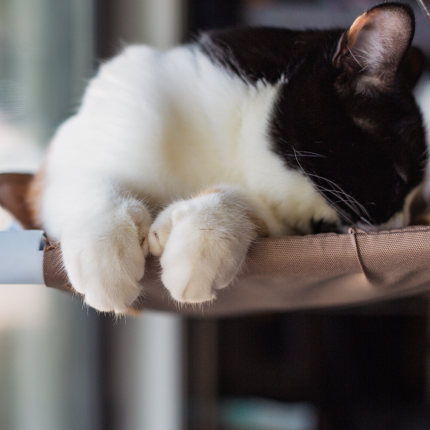
Polydactyl Cats: Just More Beans to Love
Polydactyl cats have become extremely popular in recent times. As a result, more and more people are interested in learning more about this six-toed cat and want to get one of their own. If you are a cat lover intrigued by polydactyl cats, you have come to the right place….
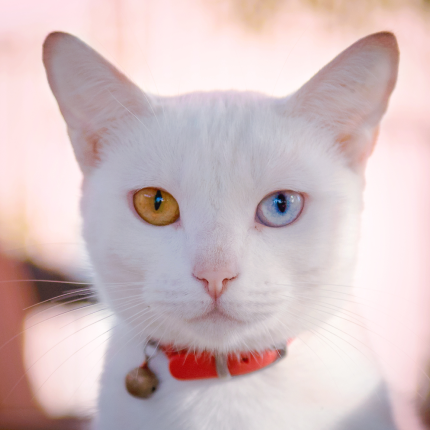
The Odd-Eyed Cat (AKA Heterochromia)
Cats are already beautiful and fascinating creatures, but people are bound to take notice when they have something as captivating as two different colored eyes. Odd-eyed cats always have one blue eye paired with either a green, yellow, or brown eye. This form of heterochromia occurs in other animals, including…
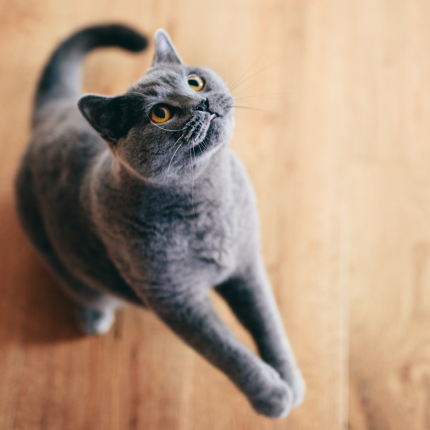
Greebles and Cats: The Origin and the Meaning
You may have seen an internet sensation concerning cats labeled “greebles.” Feel out of the loop? We’re here to help you. In 2019, Reddit user /user/literallyatree commented on a Reddit post about a cat that looks like it’s trying to slap a ghost. This user commented: “My family calls things…
